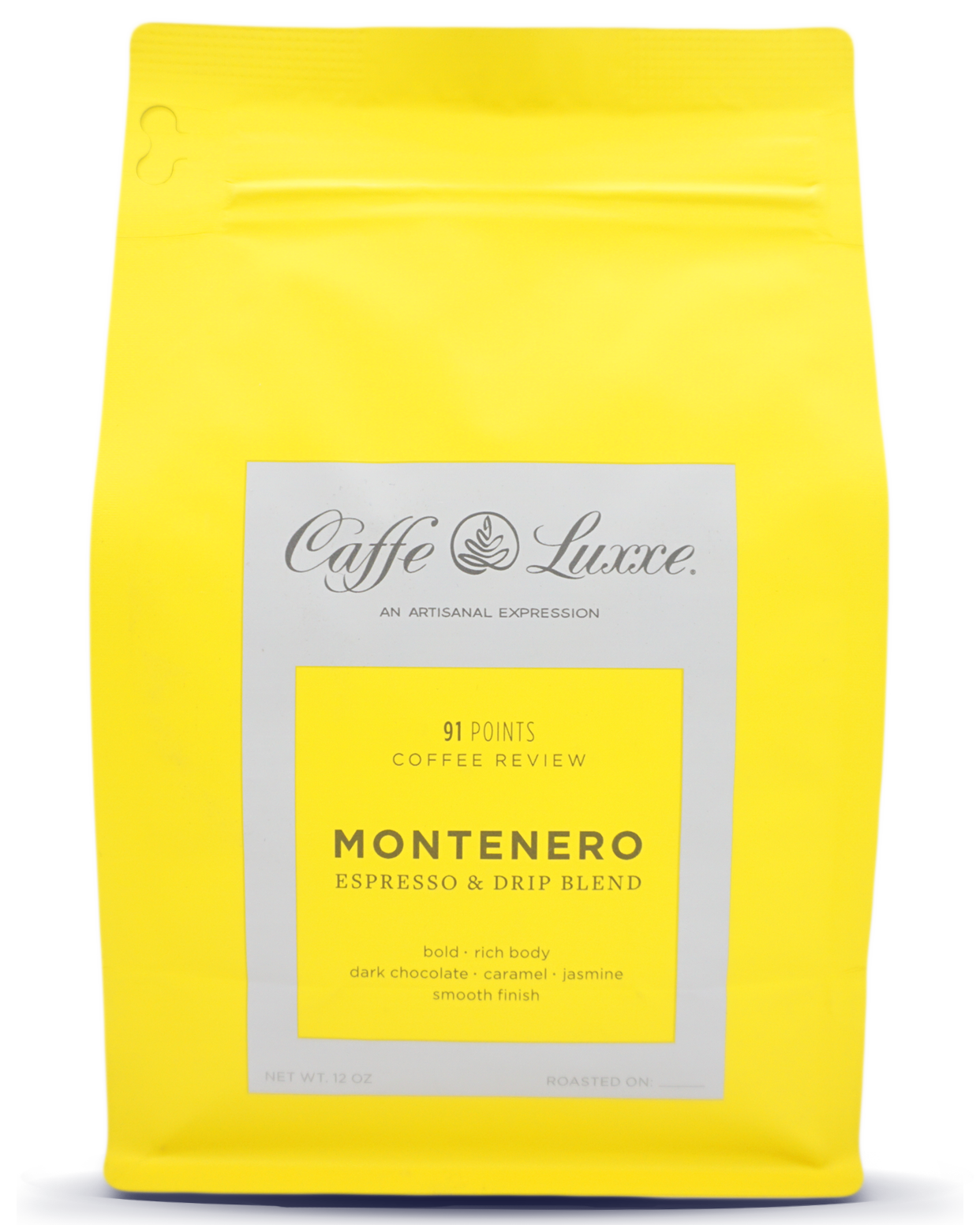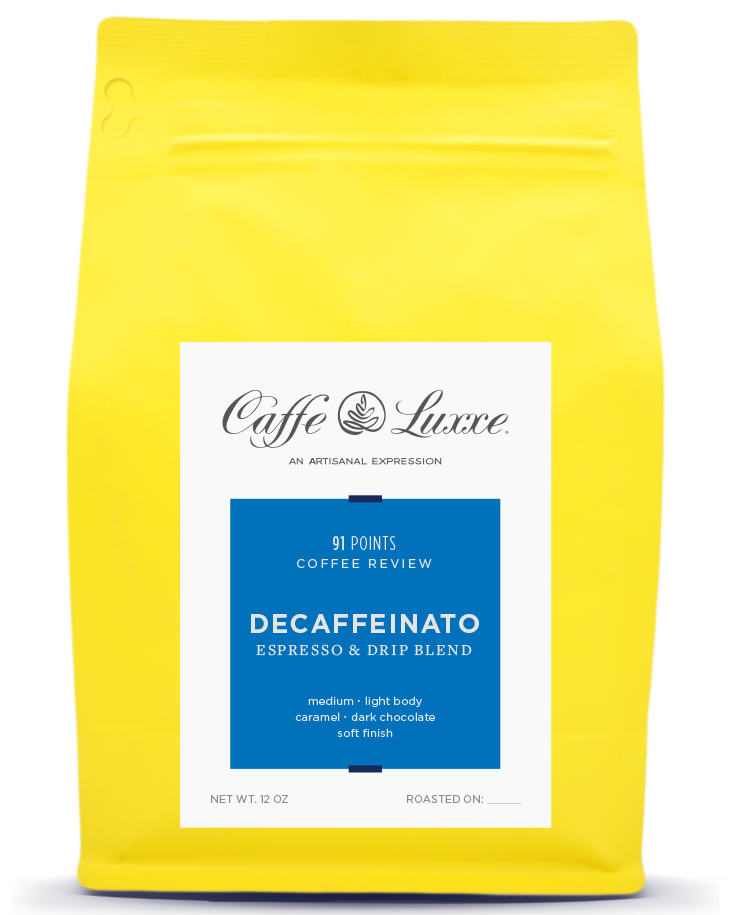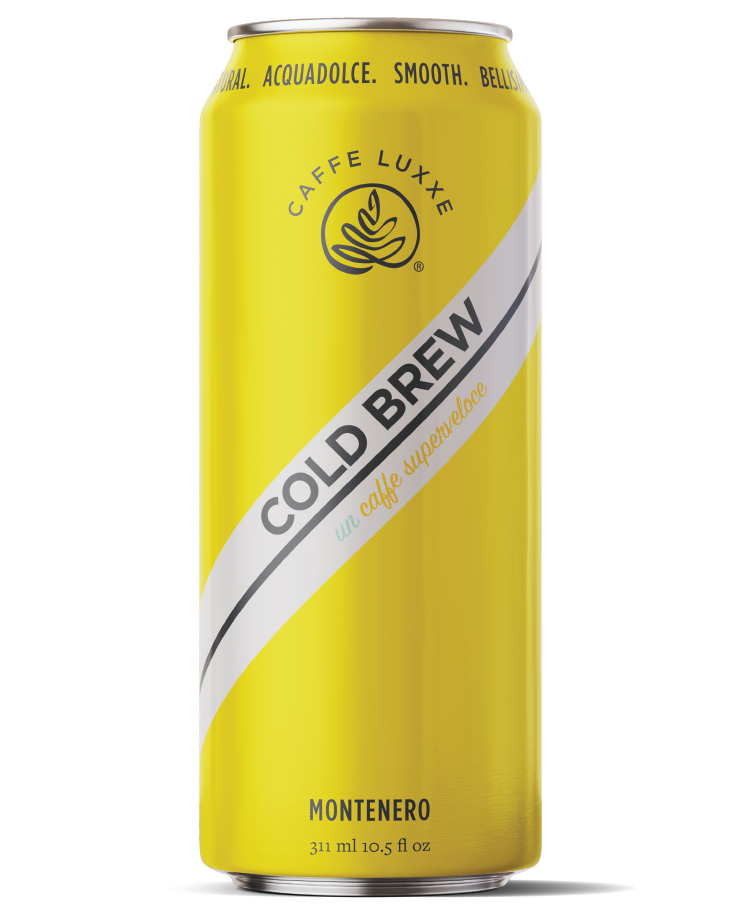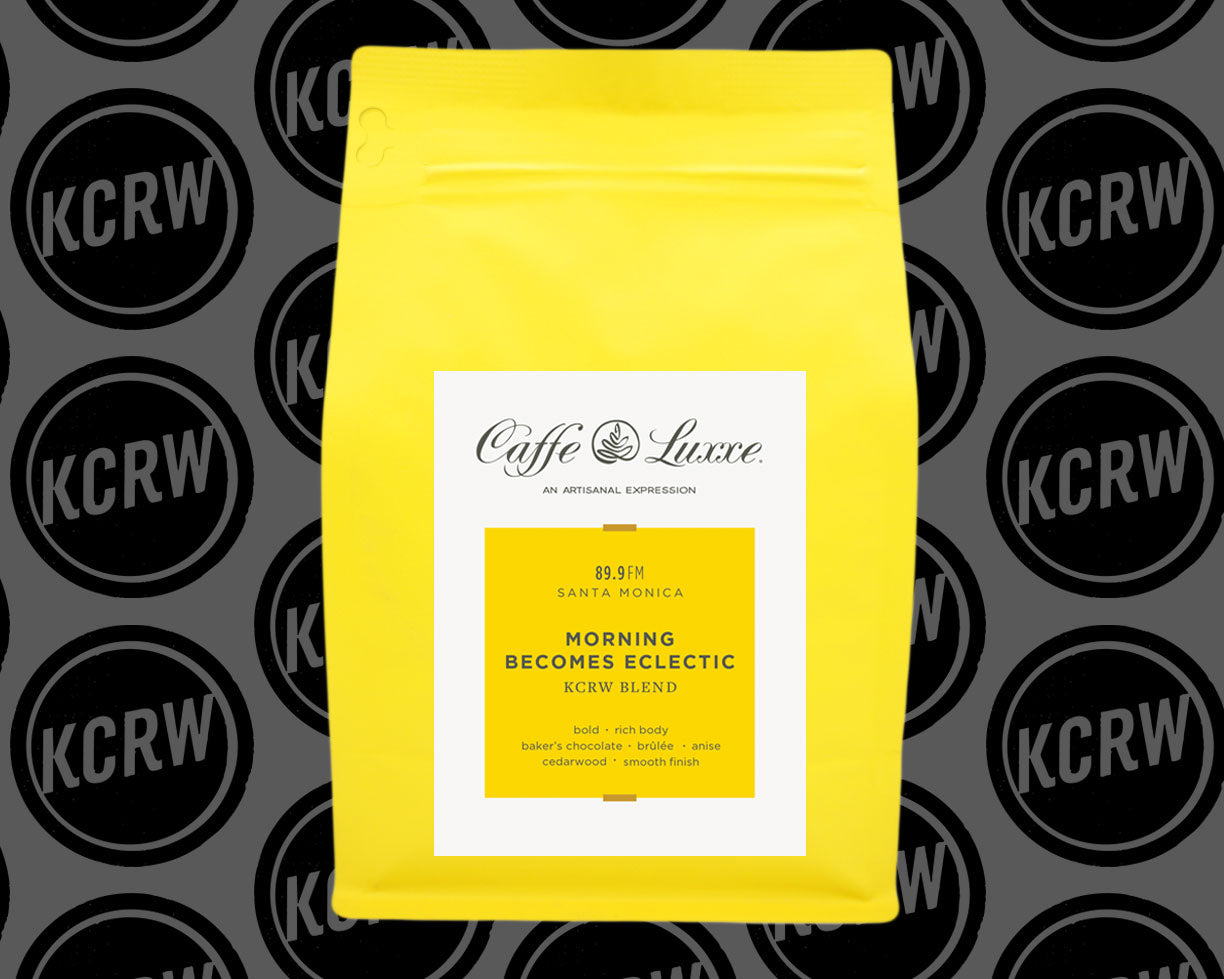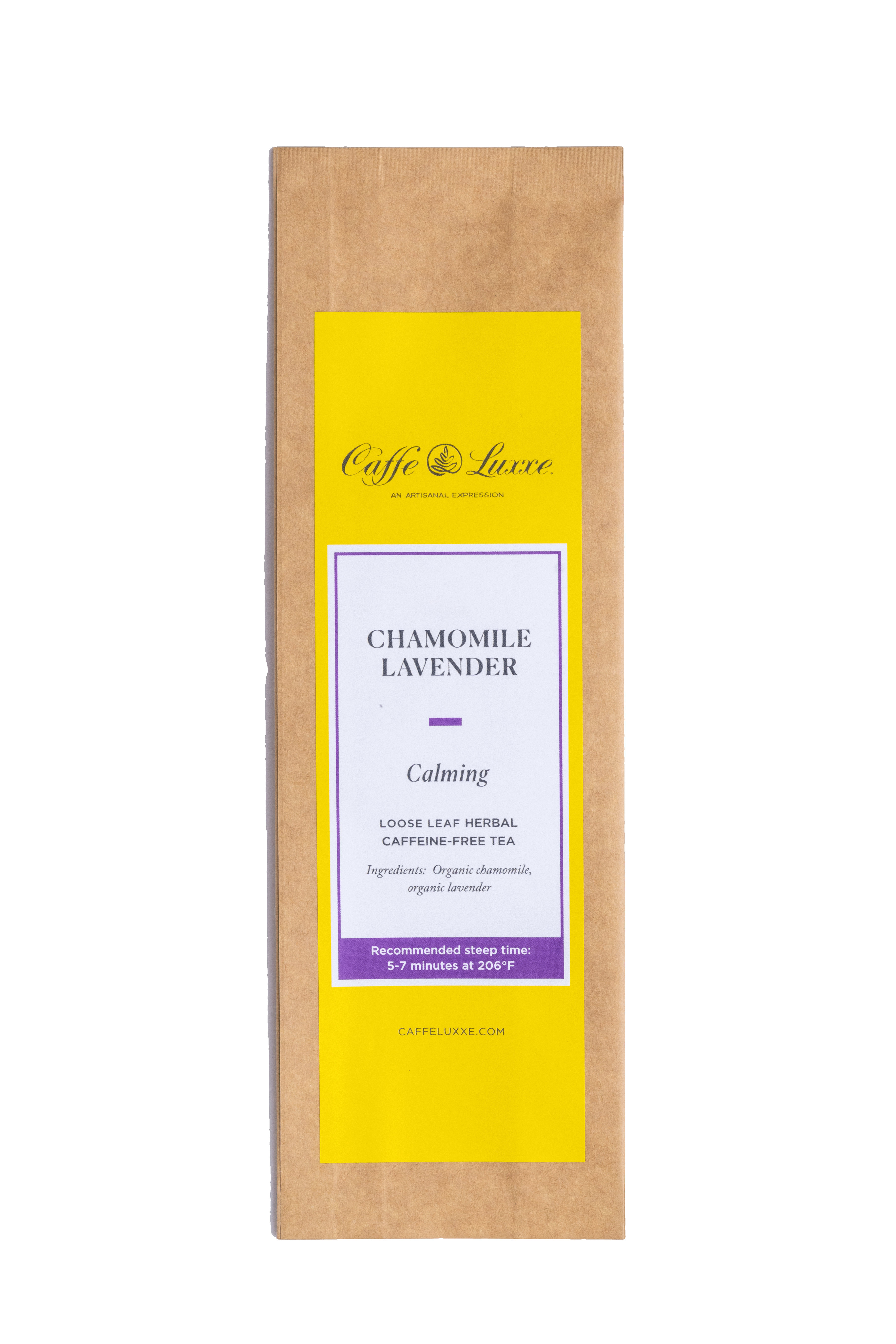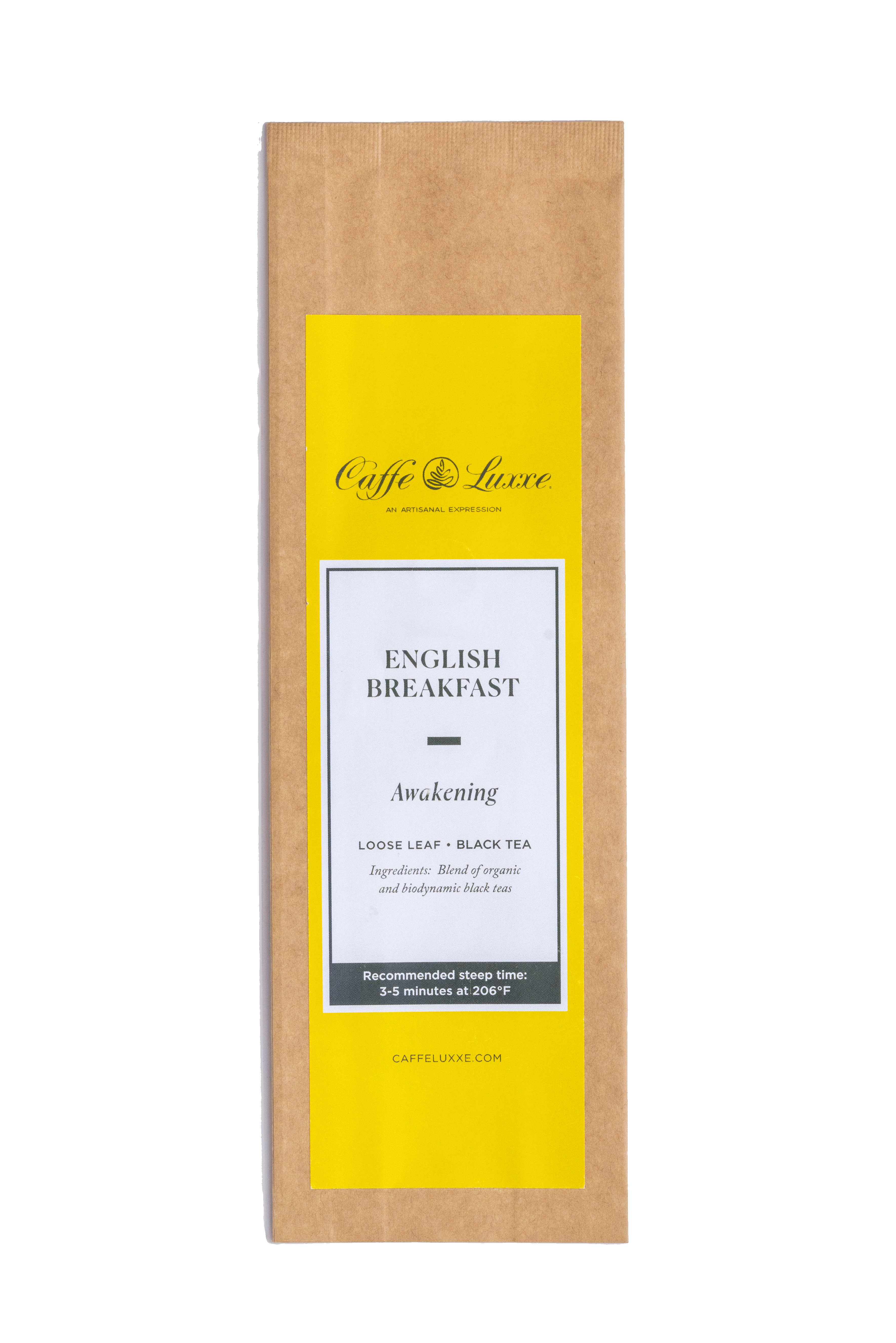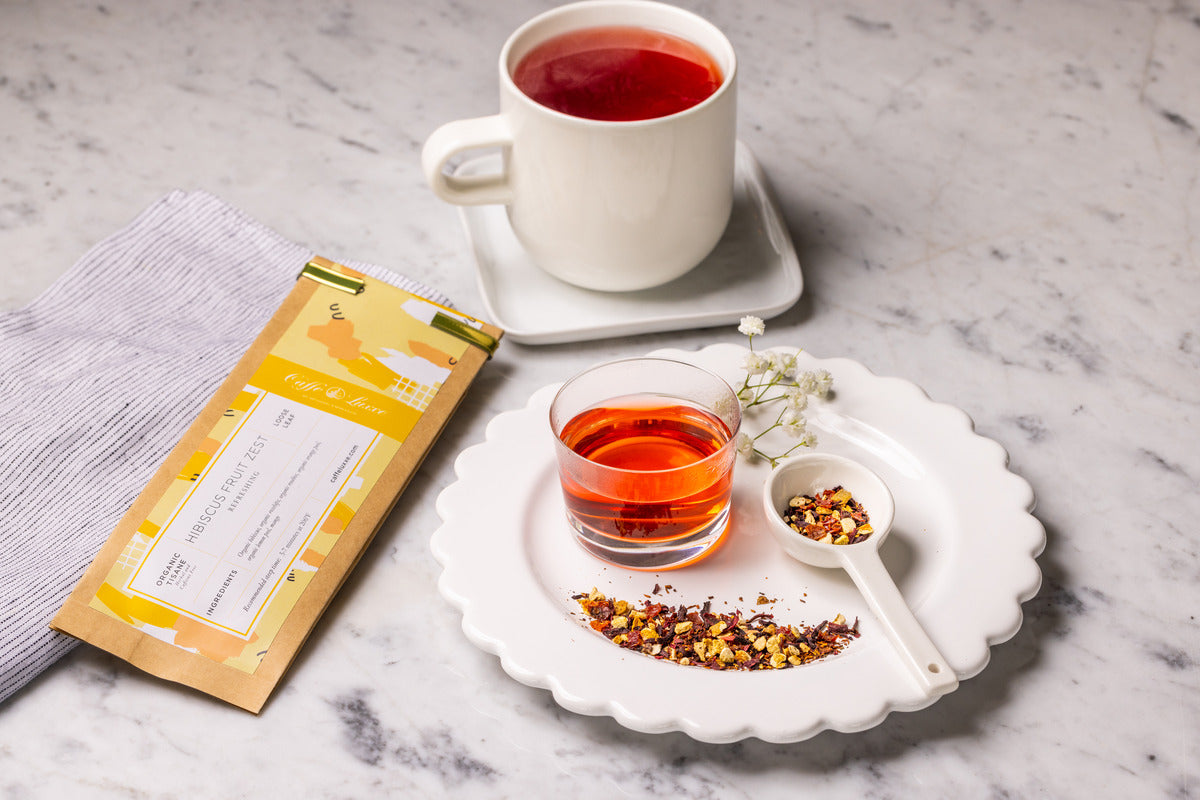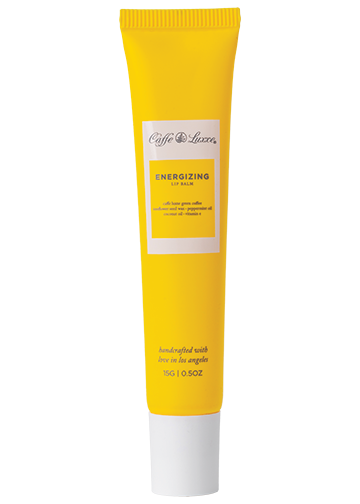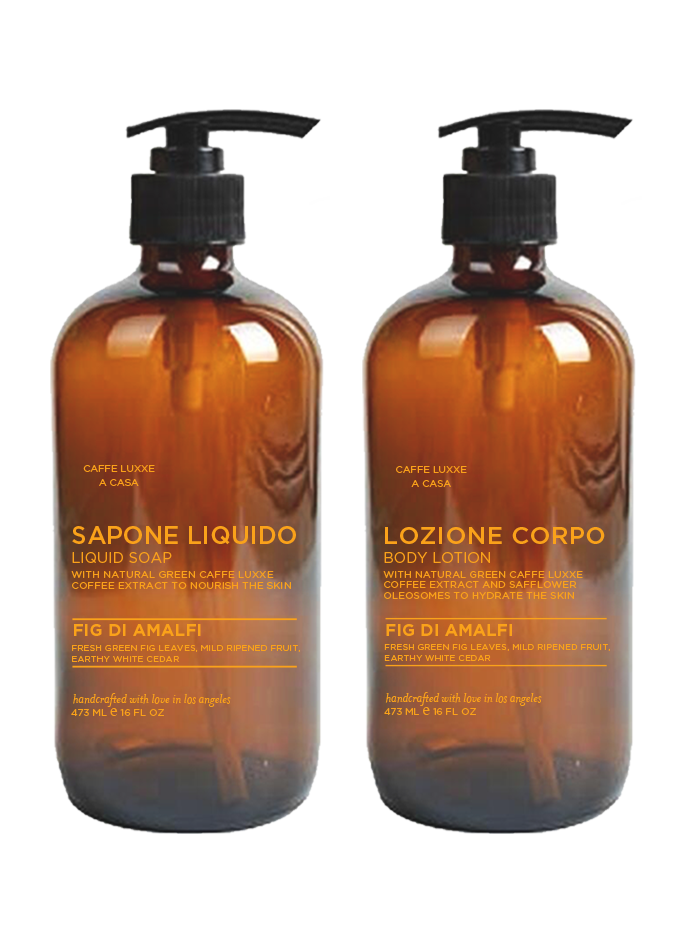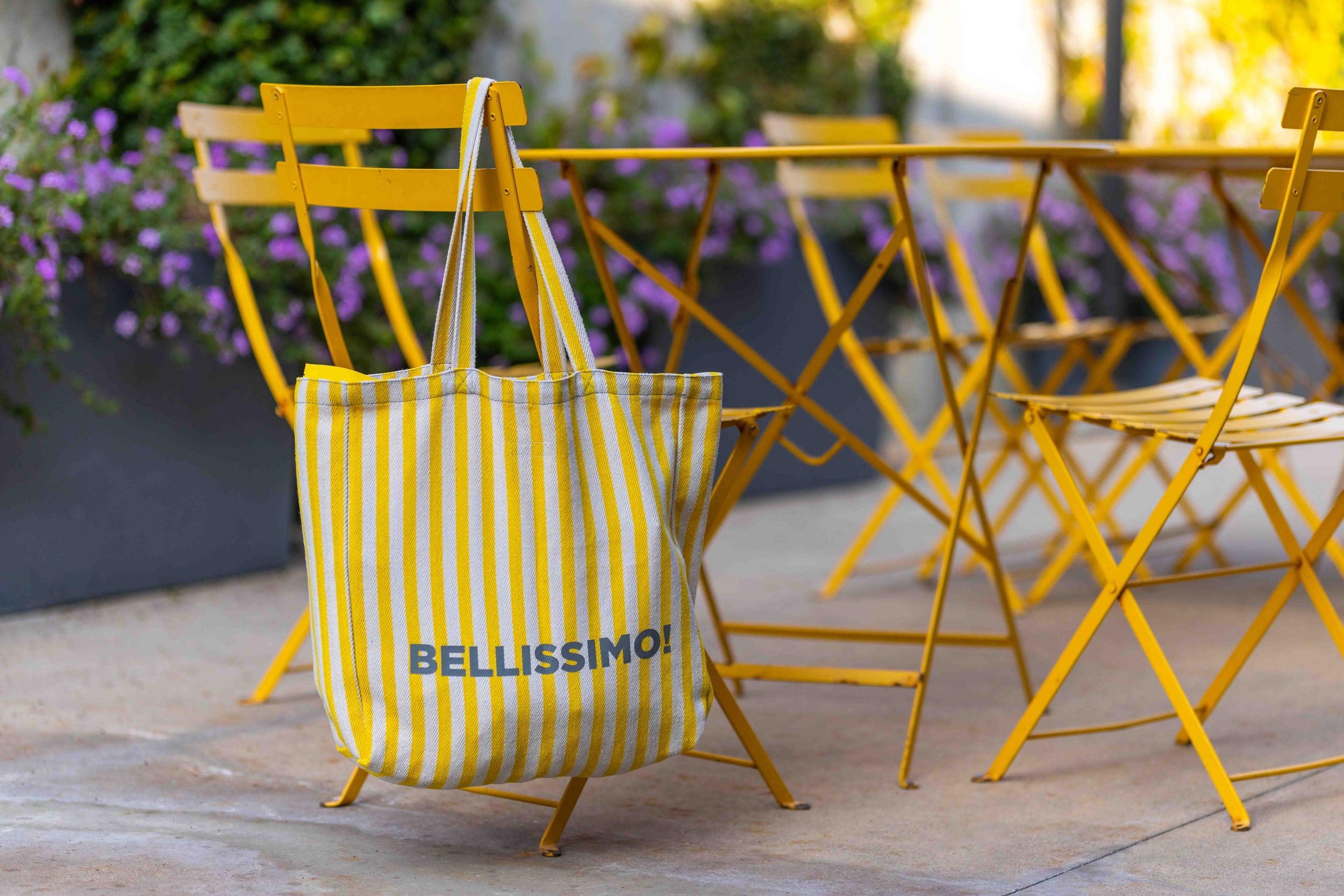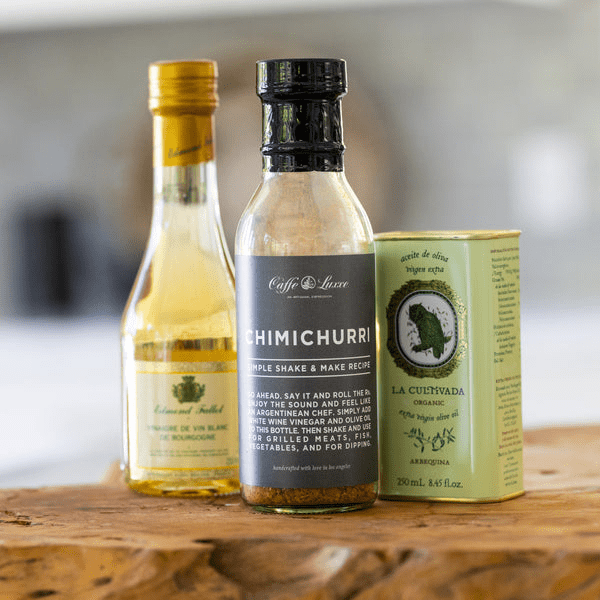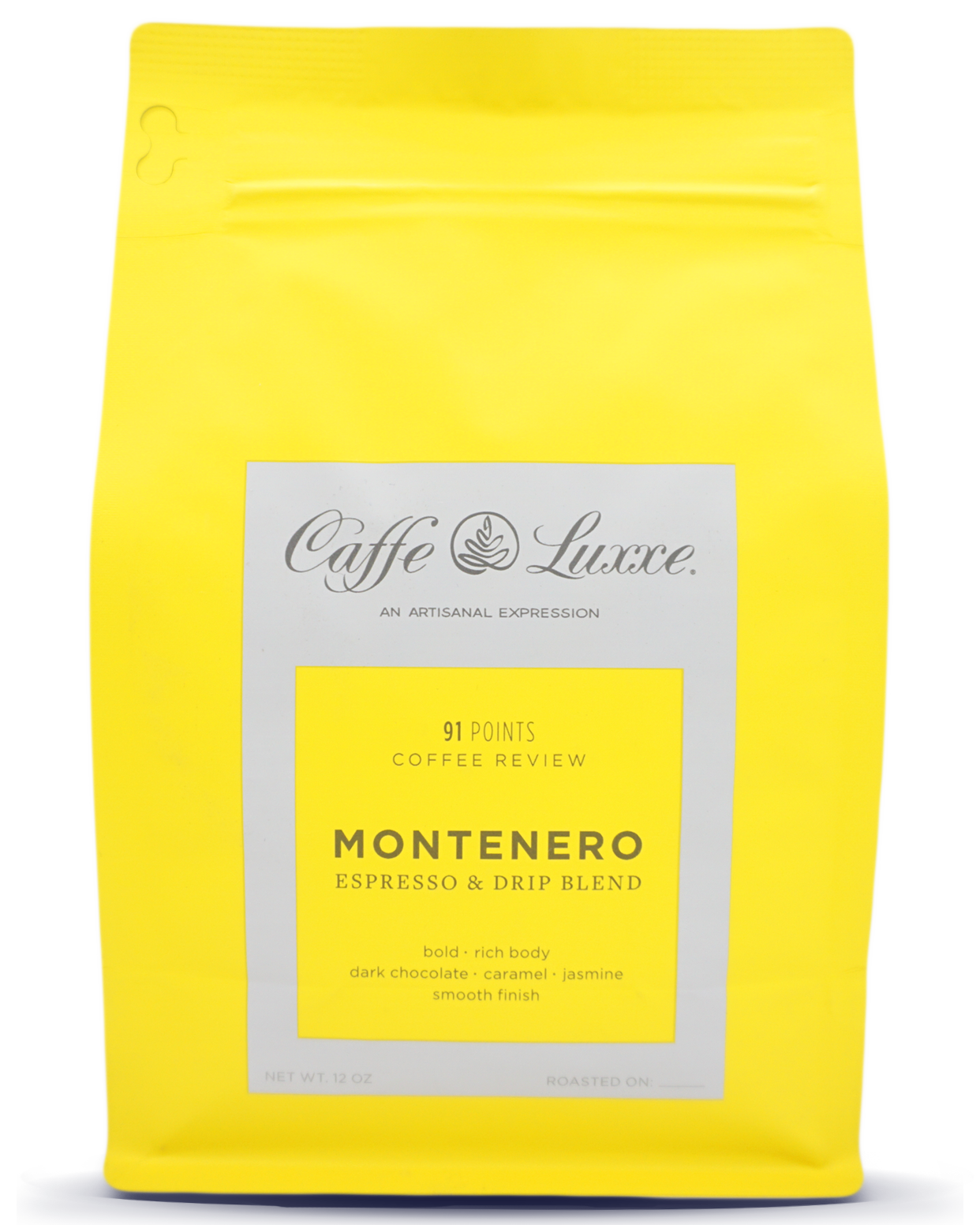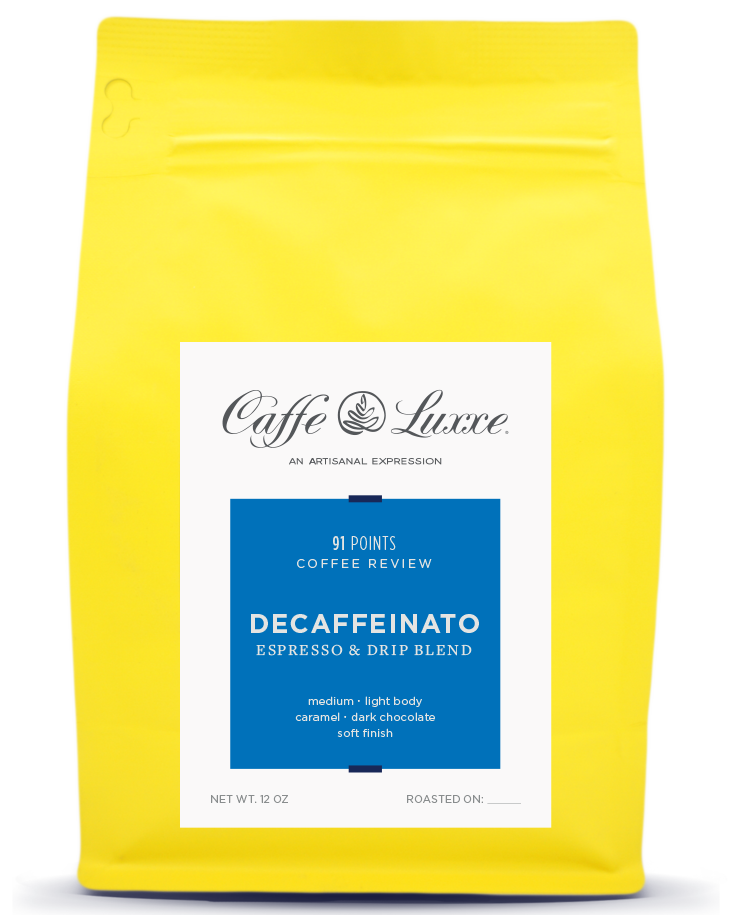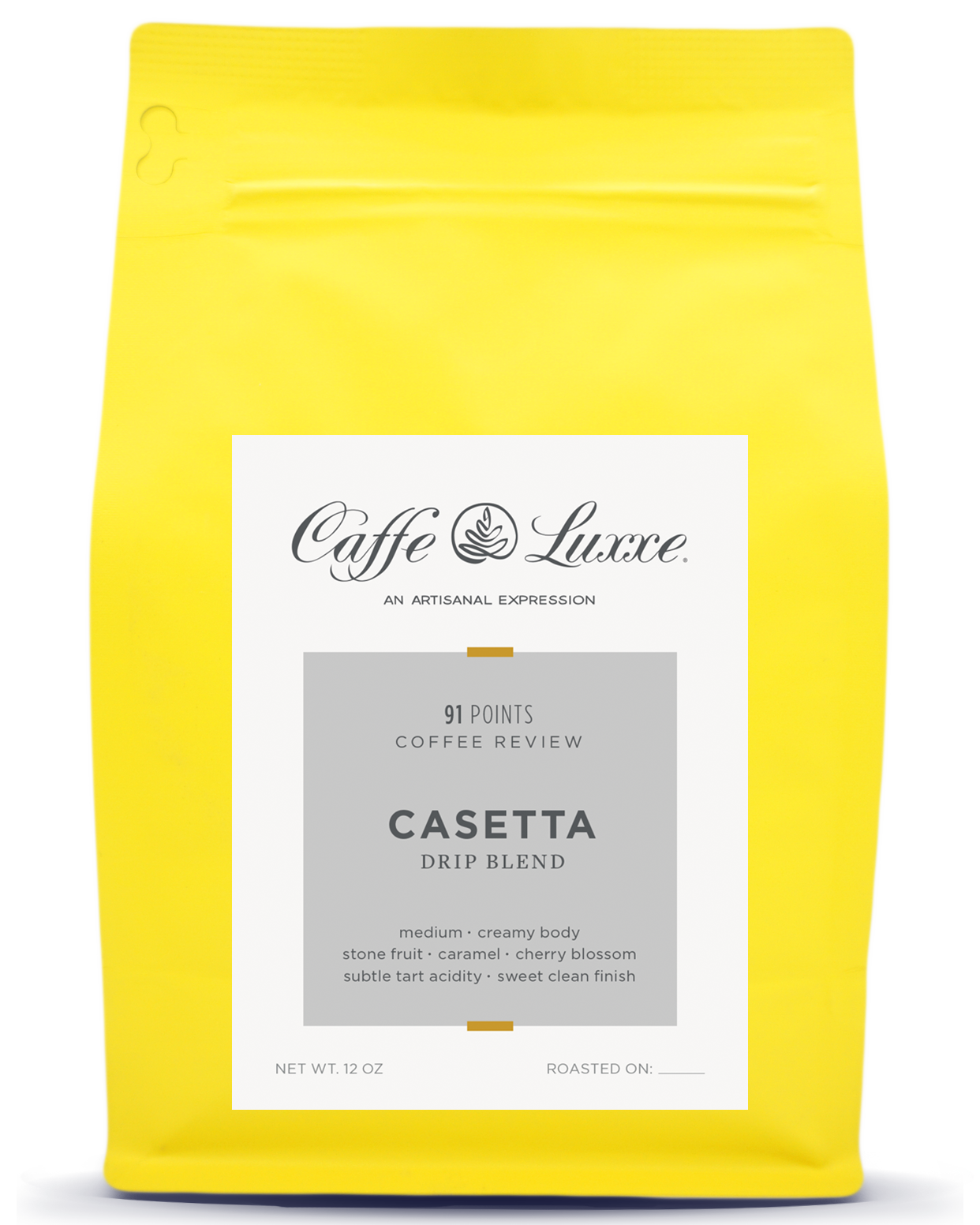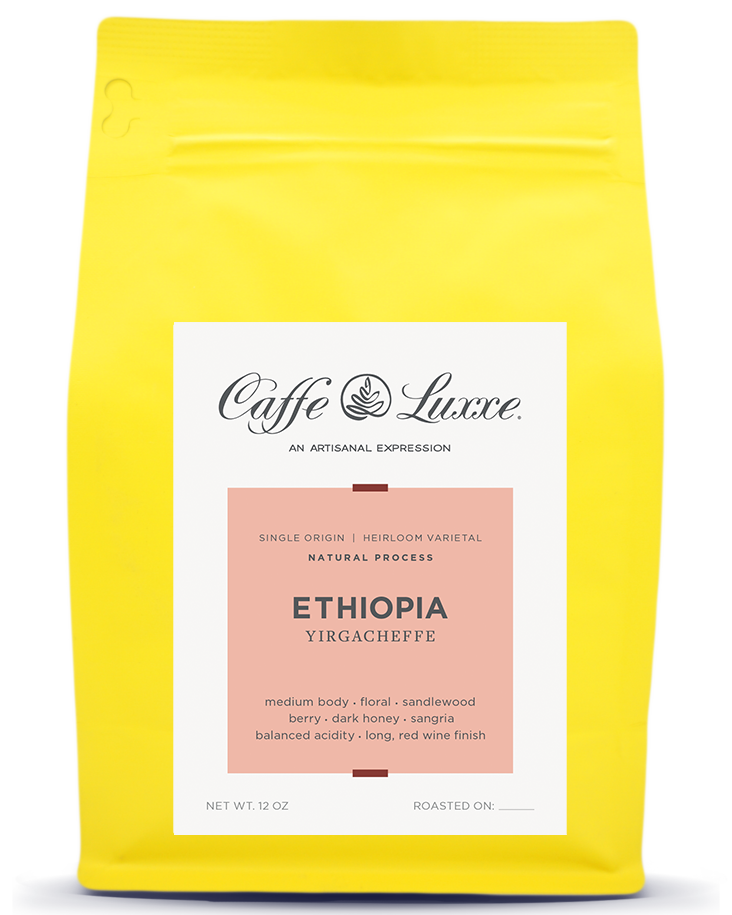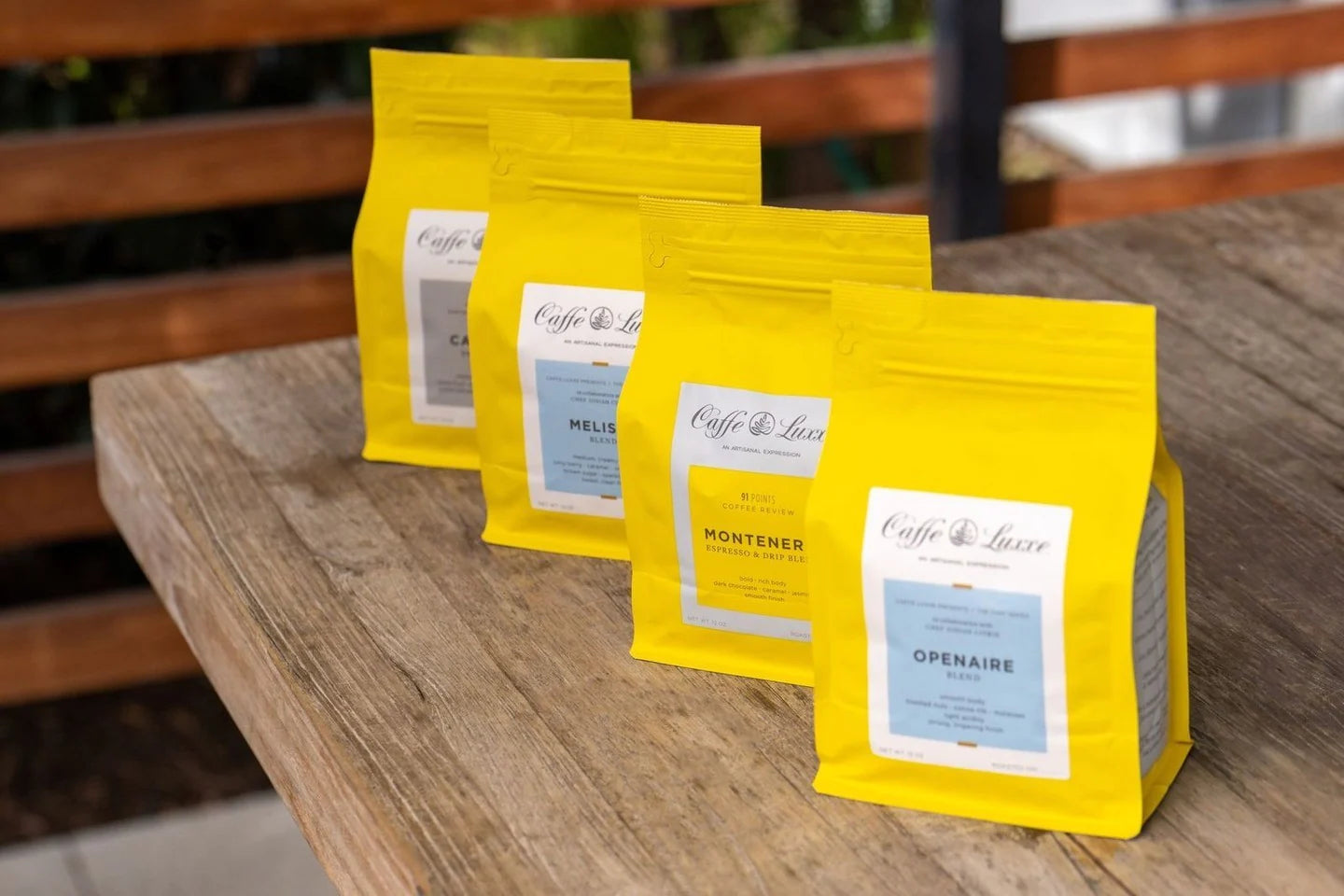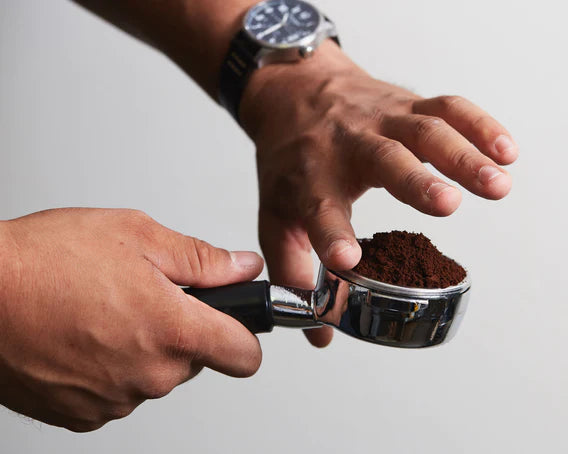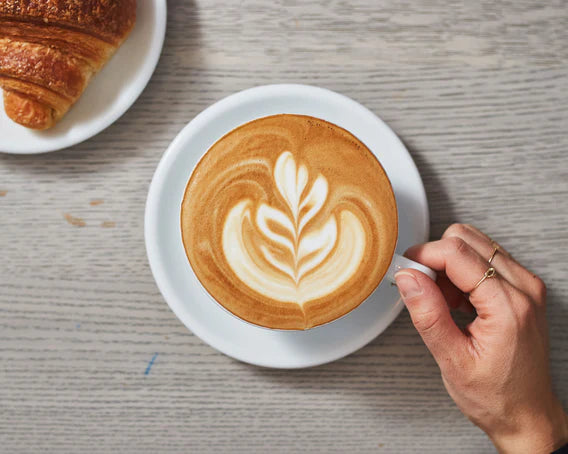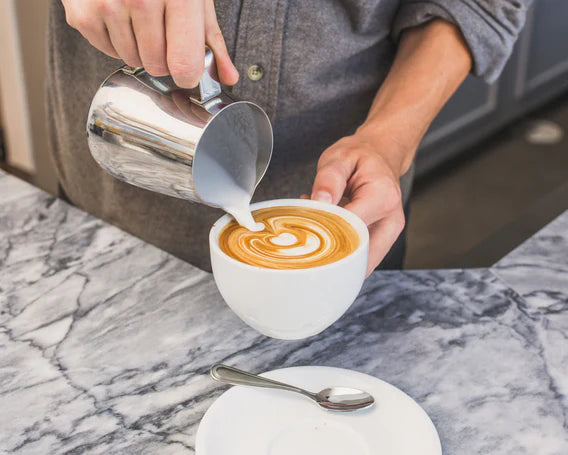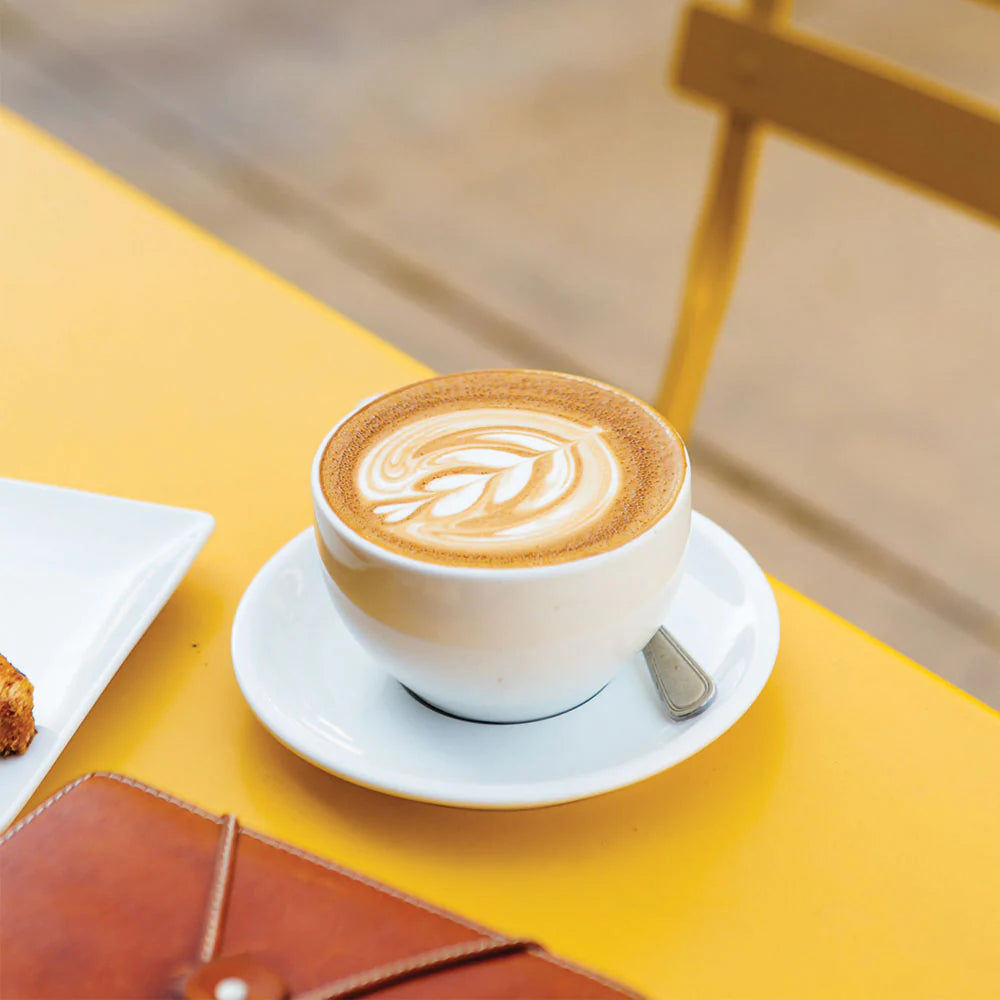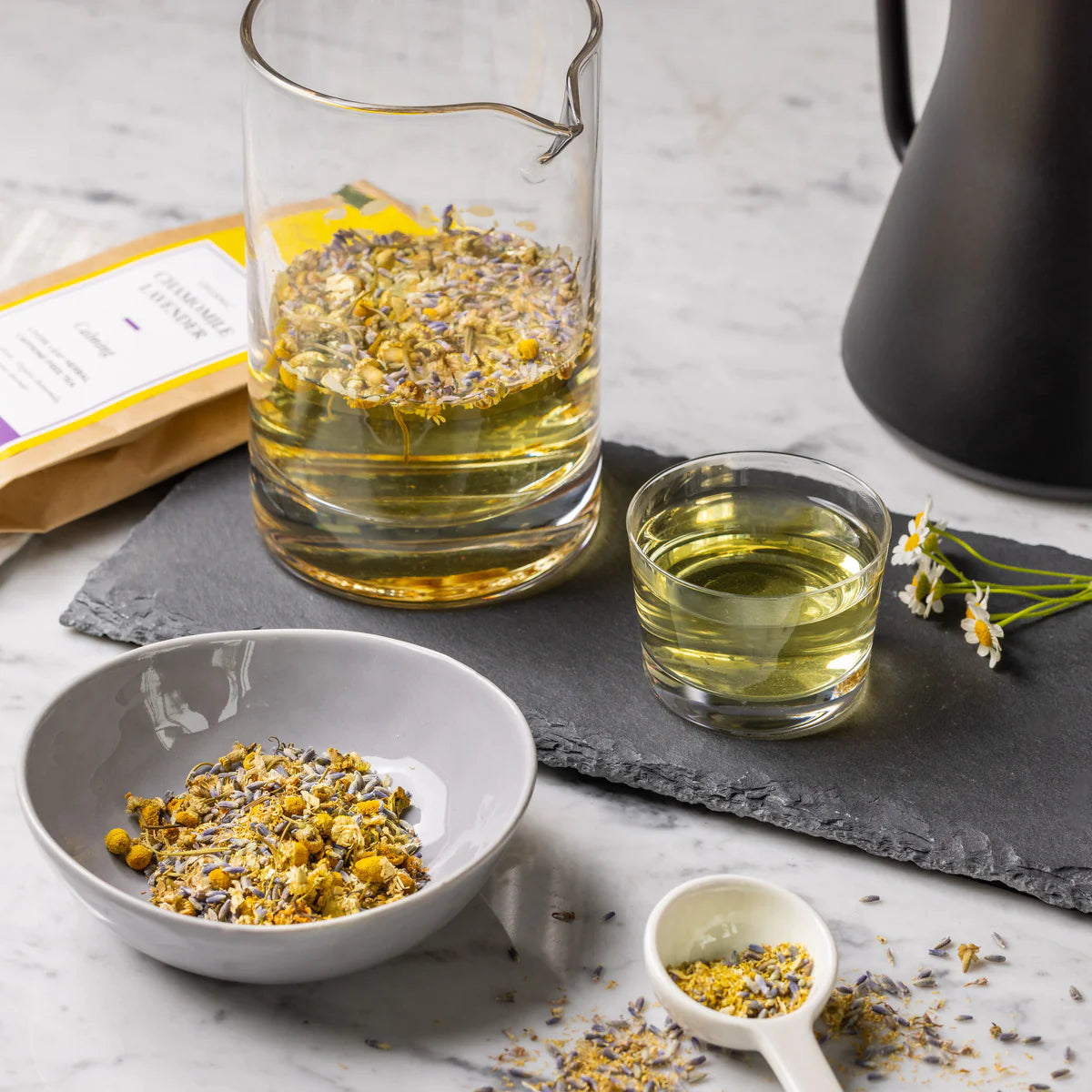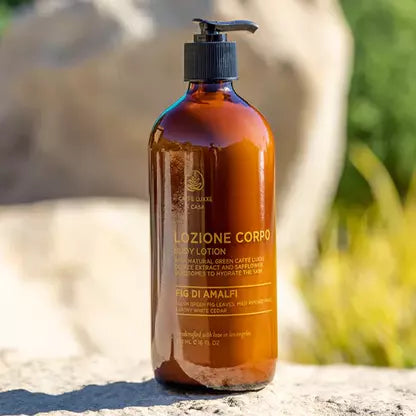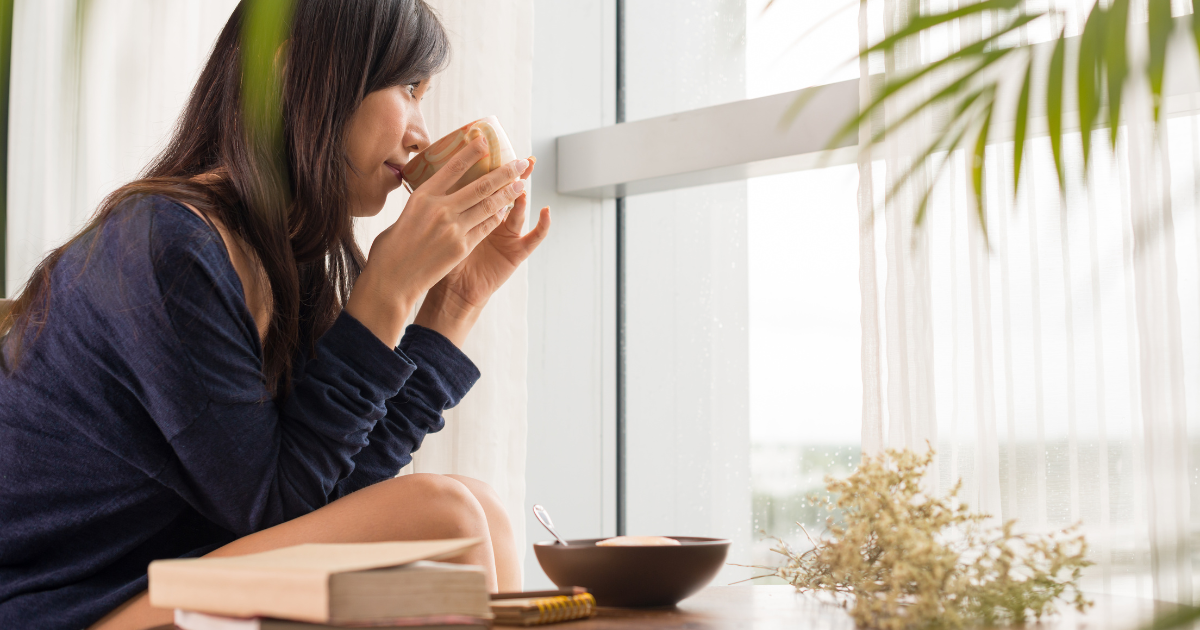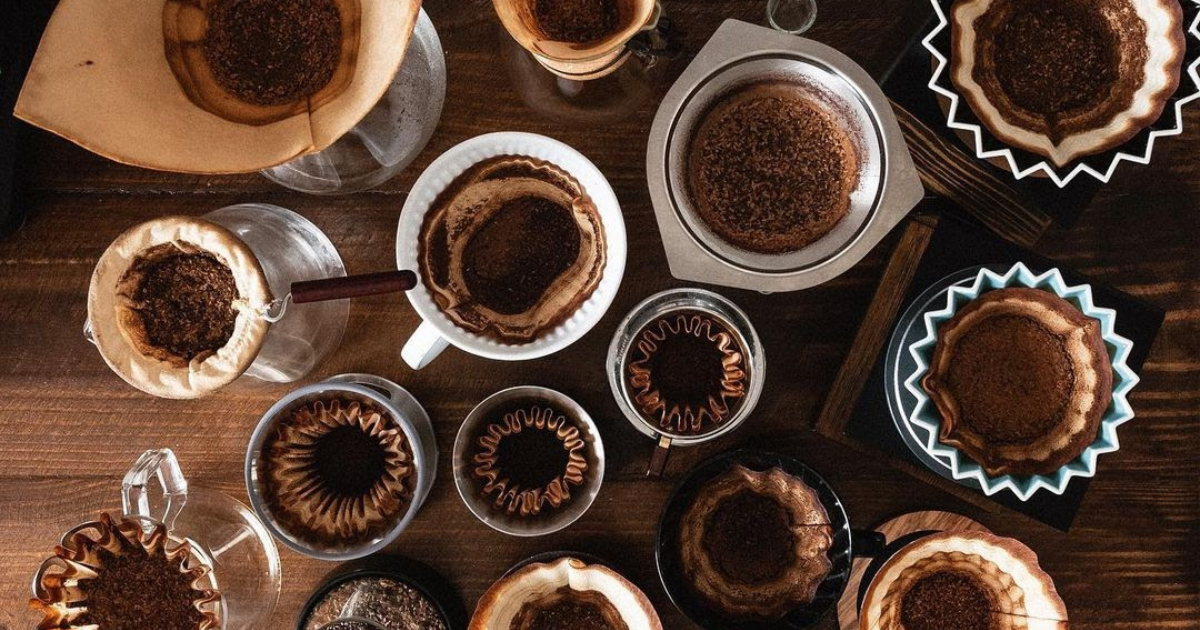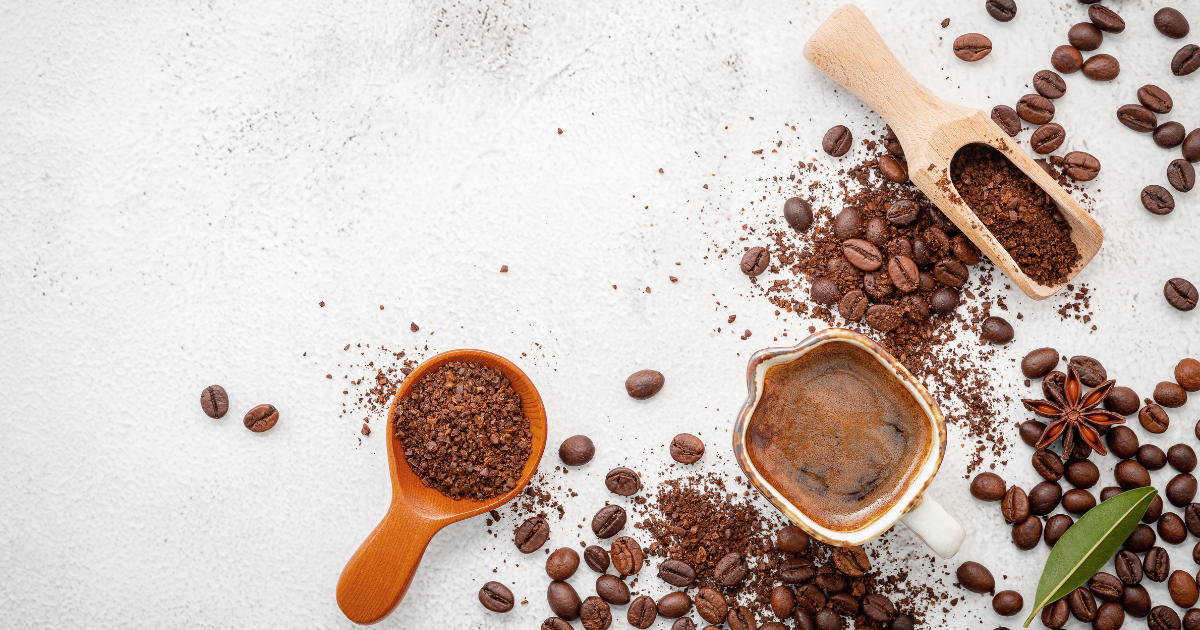
To many, coffee may just be a caffeine ritual to start your day. Many fail to notice the smooth delight of Arabica, the distinct punch from Robusta, the woody tinge of Liberica, or even the richness of Excelca.
In our opinion, that’s a missed opportunity. Learning to distinguish between different kinds of beans is one of the key components of loving and enjoying coffee, no matter what kind of coffee you like.
That’s why we’ve written this post: to help you understand why coffee beans matter, how they’re different, and what to expect from each one.
Why Do Coffee Beans Matter?
The coffee bean type greatly influences the coffee that’s produced, from how it tastes to its sustainability. Let’s take a look at the main factors the bean type influences…
Flavor
Different types of coffee beans have distinct coffee flavors, influenced by factors such as the soil, climate, altitude, and processing methods. For example, some might taste rich and full while others offer a hint of spice or sweetness. It all depends on the bean!
Caffeine Content
Different coffee beans have different caffeine levels, influencing the potency of any cup of coffee. For instance, Robusta beans have a significantly higher caffeine content than Arabica beans, making them a popular choice for those who want an extra pep in their step.
Cultural Significance
Coffee has a rich cultural history, and where the beans come from plays a big part in that. As a social lubricant that brings people together, coffee and its cultivation has influenced cultures worldwide–regionally and inter-regionally.
It’s important for us to trace the history of different beans to understand where they came into the picture, why they matter, and why we should appreciate them.
Sustainability
Sustainability in the context of coffee production emphasizes efficient, environmentally friendly practices and that farmers and growers are paid fair prices. This depends on a complex interplay of factors, including growing conditions, economic and social factors, and market demand, all of which depend on the type of coffee bean.

Arabica Coffee Beans
Arabica coffee, the most popular coffee bean in the world, accounts for up to 80% of world coffee production. Its origin dates back to 1000 B.C. in the Southwestern part of Ethiopia, and it is believed to be among the first coffee species ever cultivated.
In the olden days, the beans were consumed by the Oromo tribe in the highlands. The beans were crushed and mixed with fat, which would then be eaten as a stimulant.
The beans were brought from Ethiopia to Arabia in the 7th century, and the beans were brewed into the hot drink we know today. Arabica coffee is characterized by a sweet flavor profile - with hints of caramel, nuts, and chocolate, and sometimes fruits or berries. Most of the coffee you see in the supermarket is made from arabica beans.
Arabica coffee beans are grown primarily in high-altitude regions, such as the mountains of Central and South America, East Africa, and parts of Asia. Arabica coffee production requires specific growing conditions, including cool temperatures, high altitude, and ample rainfall.
Beans from Arabica coffee plants tend to have mild, smooth, sweet, and fruity flavors. They are also known for their bright acidity, which adds a pleasant tangy note to the flavor of Arabica coffee beans. They can be used in various coffee drinks, from delicate and nuanced pour-overs to bold and robust espresso-based beverages.
Robusta Coffee Beans
Robusta coffee – originated in Africa – is made from the beans of the Coffea canephora plant. Able to be grown in a variety of climates and altitudes, the high caffeine content provides a natural pest resistance and can be produced at relatively low costs.
Accounting for a much smaller portion of global coffee production, the Robusta bean’s origins date back to early central and western sub-Saharan Africa. While Arabica coffees taste bright, citrusy, or even floral, Robusta coffee has flavor notes of dark chocolate, nuts like almonds, and whiskey among others. Additionally, Robusta coffee has a deep and bold mouthfeel that is smooth with little to no acidity.
Prominent Robusta coffee-growing regions include West and Central Africa, Jamaica, and Costa Rica. These beans are generally easier to cultivate.
Robusta coffee is known for its bitter flavor. It’s primarily used in instant coffee, espresso, and as a filler coffee in certain blends. If you like a coffee with low acidity and more caffeine, Robusta is a great option to start your day!
Comparing the Two
There is a natural tendency to debate Robusta vs. Arabica. This debate has been spurred by a widespread misconception that the Robusta coffee plant is inferior to Arabica, primarily because it has bitter, rubbery notes due to its high caffeine content.
On the other hand, Arabica has less caffeine and is the darling of specialty roasters. Therefore, Robusta is generally designated for lower-end use and mass-market coffee blends, as it is believed to be of “lower quality.”
However, that’s not necessarily true. With the proper processing and handling, the Robusta bean can create coffee that even connoisseurs can enjoy.

Both beans are unique and distinct in their own right and evolution. Ultimately, the “winner” between Arabica vs. Robusta beans comes down to personal taste and the desired flavor preferences associated with the respective coffee brewing.
Of course, these are not the only two kinds of coffee beans out there. Let’s briefly go over some of the other popular coffee beans outside of Arabica and Robusta.
Other Popular Kinds of Coffee Beans
Liberica Beans
Liberica coffee accounts for a very small portion of the global market, but this likely only adds to its allure and exclusivity.
With roots stretching from Liberia to Uganda and Angola, the Liberica variety of coffee is today raised in places like the Philippines, Indonesia, Seychelles, the Andaman & Nicobar Islands, and Malaysia. Its trees can soar up to 20 meters in height, requiring ladders to harvest the precious beans.
The cherries, beans, and leaves of Liberica are among the largest of all coffee varieties, making it an imposing figure in the coffee field.
It has a distinctively bold and smoky flavor profile that some coffee lovers appreciate for its unique taste. Due to their limited availability and unique taste, Liberica beans are often used in blends to add complexity and depth of flavor to the final product.
Excelsa Beans
A hidden gem in the specialty coffee world, Excelsa coffee is a rare coffee species grown primarily in Southeast Asia. It is known for its unique and complex flavor profile, often described as combining fruity and spicy notes.
Excelsa coffee moves only in small quantities, making it somewhat of a mystery in the coffee world. Until recently, it was considered a separate species within the coffee genus. However, in 2006 it was reclassified as the Dewevrei variety of the Liberica species, solidifying its place in the coffee family.
Despite its relative obscurity, Excelsa coffee remains an intriguing and tantalizing option for coffee enthusiasts seeking something new and unique.
The Bottom Line

Coffee is more than just Arabica and Robusta coffee, as much as the two are unique and distinct in their own right and legacy. Exploring other bean types can open up a world of unique flavors and experiences for all coffee drinkers.
From the boldness of Liberica to the fruity undertones of Excelsa, there is a coffee bean for every palate. Explore ways to experiment and improve your coffee palate with Caffe Luxxe.
Caffe Luxxe offers a wide range of coffee bean products, subscription packages, and accessories. Check out the rest of our website to learn more.
